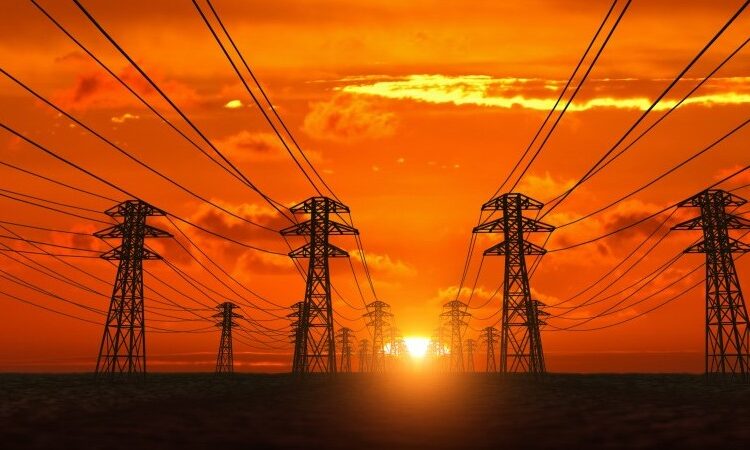
Supported by past investments, higher power prices and inflation-linked remuneration on grids, the European utility sector is set to post another EBITDA growth in 2023. At a sector level, we forecast a 6% EBITDA increase in 2023.
At a sub-segment level, for integrated utilities (operating grids and power plants) the growth should approach 7%. While price caps and taxes on windfall profits could mildly impact the results of some European utilities, integrated utilities should again benefit from their geographically diverse exposure to regions such as Latin America and the United States where the current energy crisis has been less severe.
Large investment programmes will also continue to spur future cash flow generation due to asset expansion. And the data published by utilities communicating their power price hedging strategies show that the electricity volumes they will deliver in 2023 have been sold at higher prices than those locked in 2021 by an average of 25%.
For pure network utilities, the growth will be more limited due to their regulated revenue caps. We expect the sub-sector’s EBITDA to increase by around 3% on higher tariff correction for inflation as well as growing regulated asset bases. In a few countries, the regulator will also allow for a shorter timing concerning the recouping of certain costs. As distributing or transmitting energy along networks requires power usage, higher power prices have had a negative impact on the operating results of grid companies.
On top of this, certain players have suffered from higher power leakages due to increased flows coming from renewables. While utilities have been very active in upgrading their networks, they continue to face limitations.





